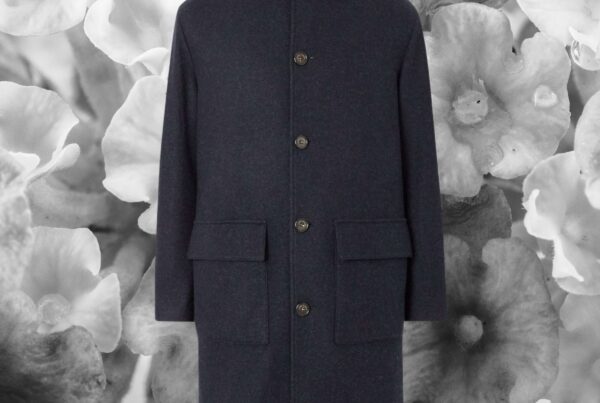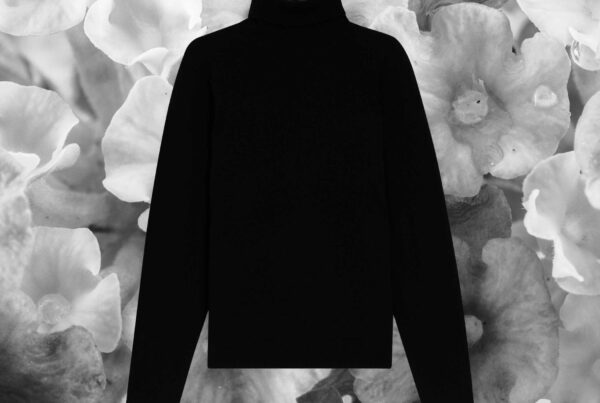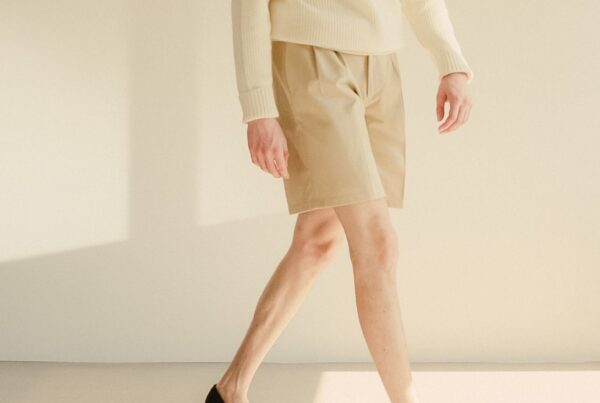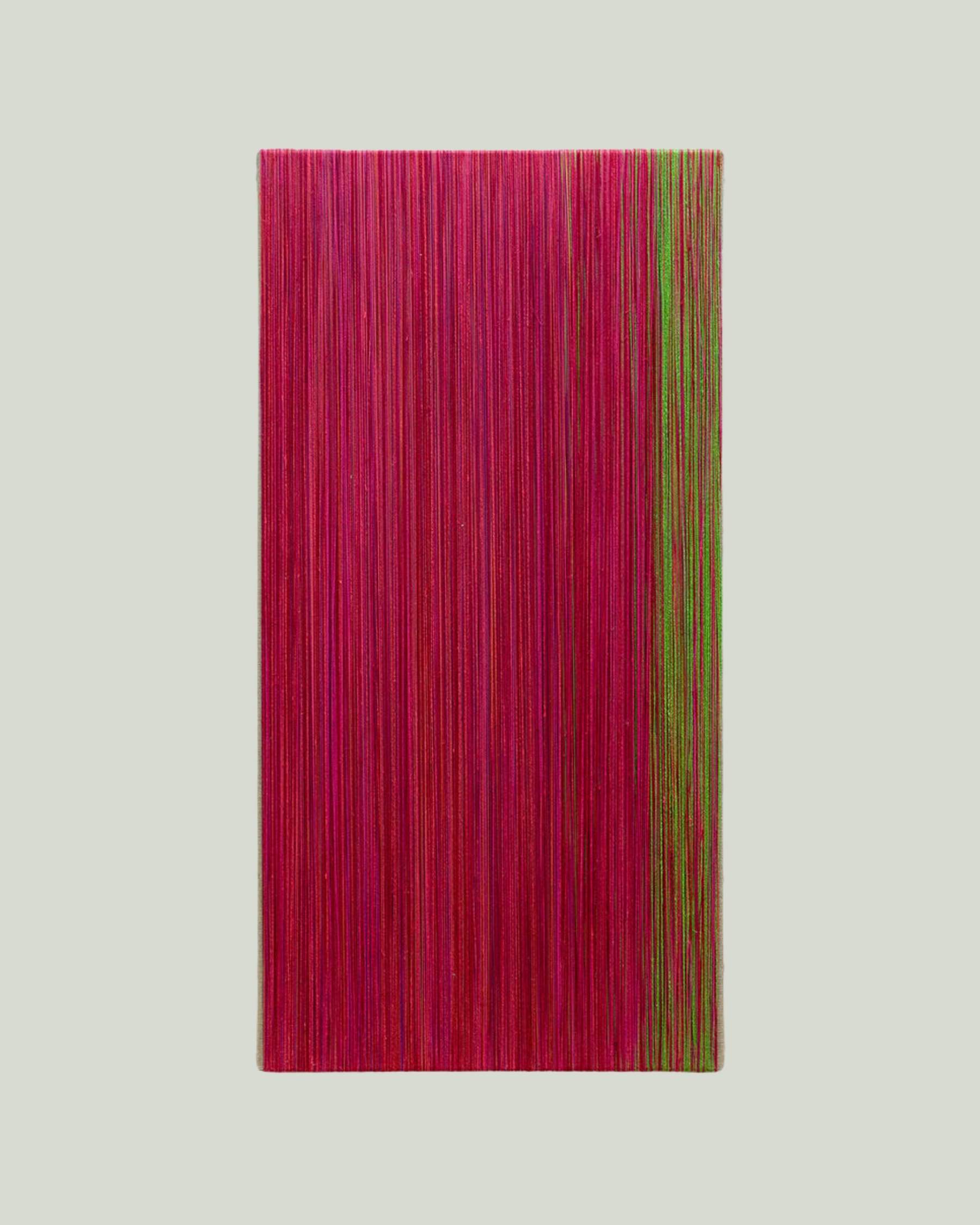
Sheila Hicks, Reversible Entrance to Infinity, 2023.¹
On Summer Fabric
Words MILES REDFER
Material choices for those who dress with awareness.
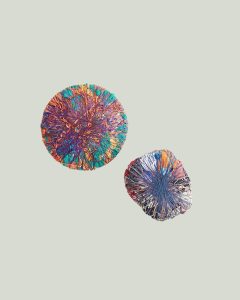
Sheila Hicks, Comets Sculpture, 2016–2018.
Photo: Noam Preisman.
This is a members-only story.
Access all stories, objects, and guides with a membership.
Log InBecome a Member

Sheila Hicks, Memories Enveloped, 2023.
Words MILES REDFER
